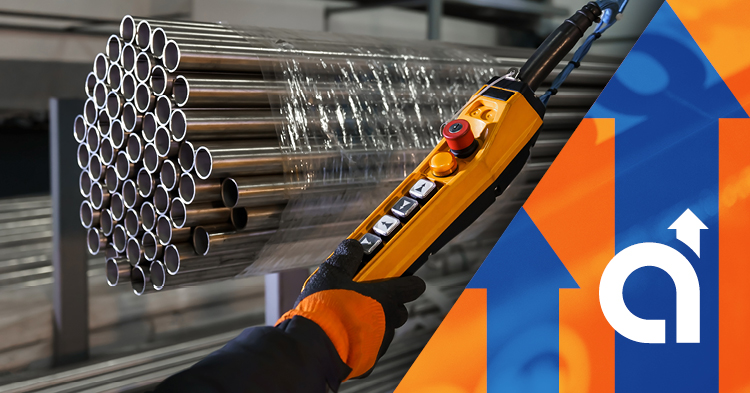Dust, moisture, impact—it’s not always a gentle world out there for your lifting equipment. That’s why choosing the right enclosure material, whether polypropylene or rubber, is more important than it might first appear.
These two materials are the most common options for pendant station enclosures, and while they both offer protection and durability, they shine in different environments. Let’s take a closer look at the pros and cons of each to help you find the best fit for your application.
Polypropylene: Lightweight and Tough Enough
Polypropylene is a rigid, lightweight plastic that holds up well in clean, controlled environments, like indoor warehouses, light manufacturing, and general industrial spaces. It resists oils, grease, and most chemicals, which makes it a smart pick for most day-to-day lifting operations.
It’s also typically more budget-friendly than rubber, so if you’re outfitting multiple pendant stations and looking to keep costs under control, polypropylene can offer a solid balance between performance and price.
Its rigid structure lends itself well to customization. If your pendant stations need special buttons, displays, or custom layouts, polypropylene usually offers more flexibility for mounting options and modifications.
Another perk? Its lighter weight can make it easier to handle for operators using the station repeatedly throughout the day.
Rubber: Built for the Rough Stuff
If polypropylene is the everyday workhorse, rubber is the tank. It’s flexible, impact-resistant, and built to take abuse in rugged environments. Foundries, outdoor yards, heavy manufacturing—this is rubber’s playground.
Rubber also offers better insulation, which is helpful in applications where electrical safety is a concern. Plus, it gives operators a better grip, especially if they’re wearing gloves or working in wet conditions.
So, if your pendant station is likely to get dropped, knocked around, or exposed to temperature extremes, rubber may be the smarter investment.
Summing Up Your Deciding Factors
- Indoors, temperature-controlled, light wear and tear? Polypropylene is probably the way to go. It’s lightweight, making it easier on your operators’ arms during long shifts, while still providing reliable protection in a cleaner environment.
- Outdoor use, exposure to heat, cold, dust, or impact? Rubber’s extra protection pays off here. Its rugged, impact-resistant design and grippy surface give your team confidence and durability when conditions get rough or slippery.
Ready to Decide?
There’s no universal winner here—just the right material for the right job. If your environment is predictable and relatively clean, polypropylene checks the boxes. If it’s unpredictable, harsh, or just plain tough, rubber’s your go-to.
Not sure which one to choose? At American Crane and Equipment Corporation, we know what works and can help you make the best call for your equipment and your team. Reach out today.


